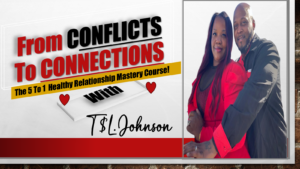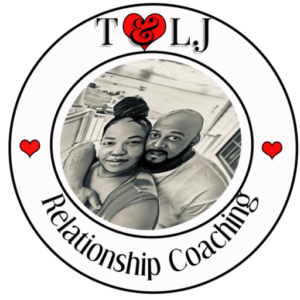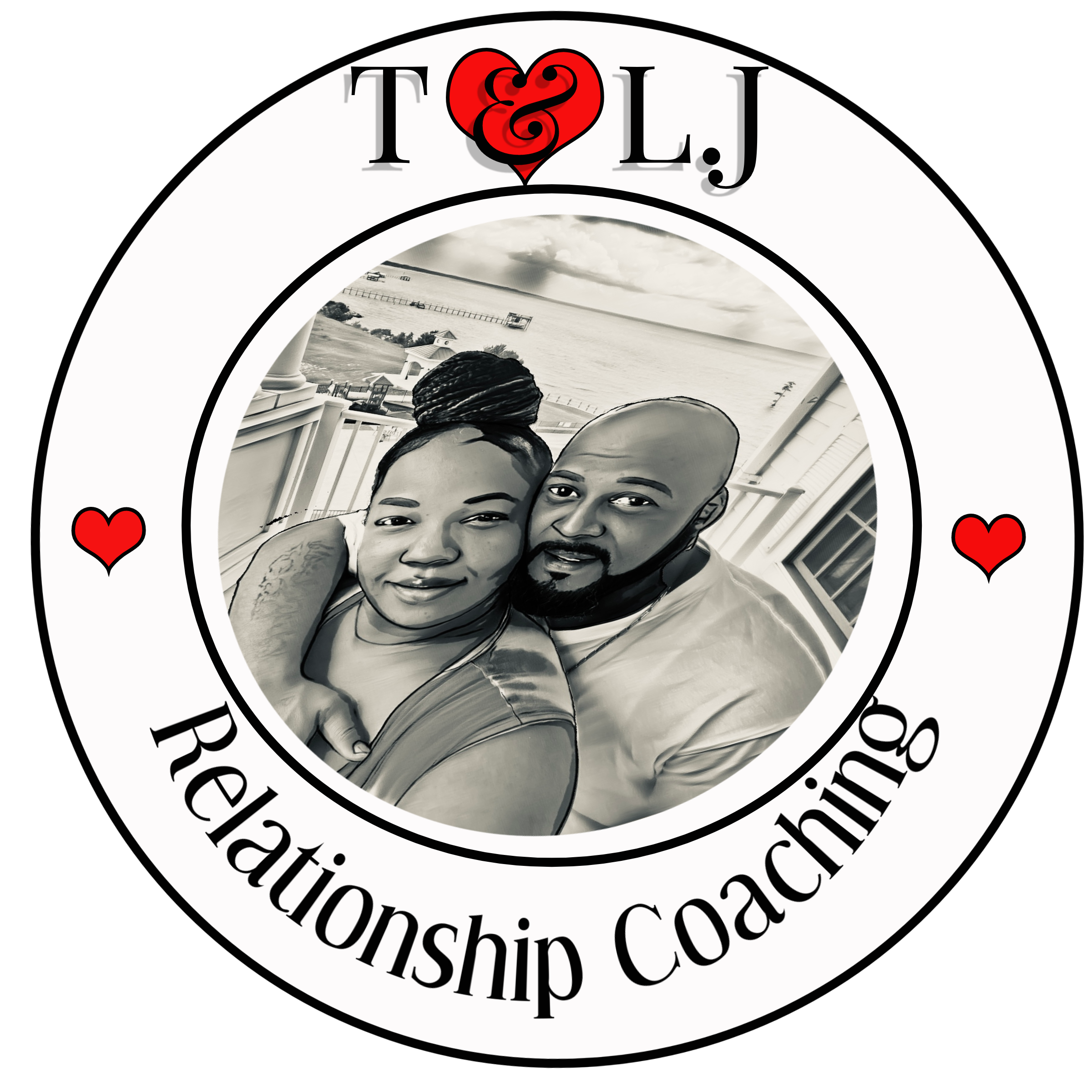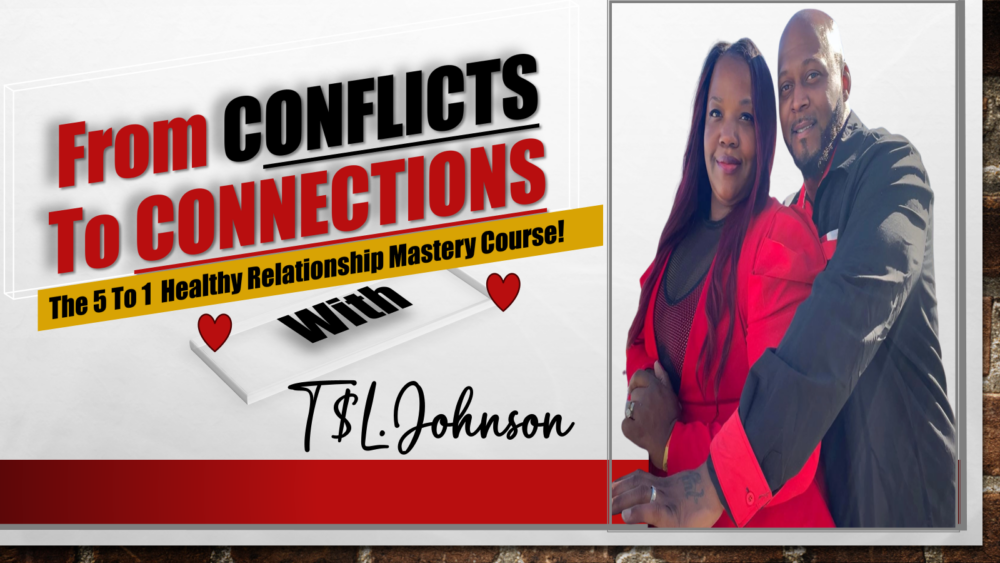Understanding and Acknowledging Emotions
Identifying Your Feelings
The first step in breaking down those emotional walls is to truly recognize what you’re feeling. It’s so easy to get lost in the chaos of daily life and brush off feelings as just an afterthought. This is often where we start building those walls! Take a moment to sit down and reflect on your feelings. What emotions are coming to the surface? Are you feeling sad, angry, or perhaps confused?
Once you’ve identified your emotions, it’s important to acknowledge them. Validating your feelings means understanding that whatever you’re experiencing is okay. Trust me, I’ve been there, and letting myself feel those emotions was the breakthrough I didn’t know I needed. You can’t communicate effectively unless you first understand your own emotional state.
By recognizing your feelings, you create the foundation for deeper conversations. You’re laying down the first brick in that wall-breaking process. Let’s be real; if you can’t figure out your feelings, how can you expect someone else to understand? So, grab a journal or find a quiet place to think, and get to know your emotions.
Creating a Safe Space
Once you’ve got a handle on your own emotions, the next step is creating an environment where those feelings can be shared openly. I can’t stress enough how important it is to feel safe when you’re opening up. Whether you’re talking to a friend, family member, or a romantic partner, you’ve got to make sure the space feels welcoming.
Setting the mood can really make a difference. Find a comfortable spot where you can both relax. Maybe it’s your living room with some cozy cushions or a quiet coffee shop. When I need to talk about something heavy, I find that being in a relaxed environment helps clear the air. Sometimes even lighting a candle or playing soft music can ease the tension!
Once you’re in a safe space, reassure the person you’re talking to that it’s okay to express themselves freely. Cultivating that openness helps both parties to be vulnerable, creating an atmosphere for honest communication. Remember, it’s all about breaking down those walls, not building new ones.
Practicing Active Listening
Now, here’s where things can get a little tricky—listening actively. It’s more than just hearing words; it’s about understanding the feelings and motives behind them. When someone is sharing their emotions, you want to be fully present. This means putting down your phone, stopping your multitasking, and giving them your undivided attention.
I often find that just nodding or making eye contact while someone speaks can make them feel acknowledged. Sometimes, I reiterate what they’ve said to confirm that I’m getting it—this not only helps clarify but also shows I’m engaged. It’s about showing empathy, and believe me, this simple act can make a significant difference in communication.
Remember, it’s not always easy! There are times where you might want to jump in with your thoughts or solutions. But hold tight and listen. This time spent actively listening paves the way for deeper conversation. It lays the groundwork for the emotional connection that’s necessary to break those walls down.
Expressing Your Feelings Clearly
Choosing the Right Words
Once you’ve created that open environment and practiced listening, it’s time for the real talk. It’s essential to express your feelings clearly, and this is where choosing the right words becomes crucial. When I’m discussing my emotions, I try to stick to “I” statements. For instance, instead of saying, “You make me feel neglected,” I’ll say, “I feel neglected when…”.
This subtle shift helps to avoid putting the other person on the defensive. It demonstrates that you’re taking responsibility for your feelings, which creates a sense of mutual respect. When we shift the focus to ourselves, we open the door for understanding—to the emotional connection we’re striving for.
Also, avoid using vague language or generalizations. Specifics are your best friend here. When you’re clearer about what you’re feeling and why, it paints a more vivid picture for the other person. They can appreciate your thoughts and feel your pain or joy, which fosters empathy and understanding.

Staying Calm and Open
This is honestly a big one for me, staying calm is everything during emotional discussions. I know firsthand how discussions can heat up and emotions can flare. But if you can keep your cool, it helps immensely in getting your point across and breaking walls down. Deep breaths, count to ten, whatever it takes to stay in that calm zone!
Remember, this conversation’s goal is connection—not conflict. Anytime I feel my temper rising or emotions spiraling, I take a moment to gather myself. It could even be helpful to have a plan for what to do when discussions become heated. A simple pause might be a good call for both of you to collect your thoughts.
Also, being open during these conversations often means being ready for a bit of vulnerability. Sharing your feelings means you’re sharing a piece of yourself, and it might feel scary. But trust me, it’s worth it! More often than not, I’ve found that being open encourages the other person to reciprocate, leading to a real breakthrough.
Offering Solutions Together
Now that you’ve expressed your feelings and created a safe space to talk, it’s time to think of solutions together. This means moving beyond just talking about the problem to brainstorming how you both can overcome it. Collaboration is key! I love sitting down with a friend or partner after a vulnerable discussion and figuring out steps forward together—it’s rewarding and strengthens emotional bonds.
In moments of clarity, you both might come up with ideas that address the feelings and issues expressed. It could be setting new boundaries, changing how you communicate, or even finding ways to check in on each other’s feelings more regularly. Whatever it is, having a joint action plan brings a sense of teamwork back into your relationship.
Lastly, keep the conversation ongoing. Emotional growth is not a one-off event, and it requires regular check-ins and adjustments. Remember, it’s all about nurturing the relationship, and just like tending to a garden, it can take time, but the blooms are always worth it.
FAQs
1. Why are emotional walls harmful in communication?
Emotional walls can prevent genuine communication, leading to misunderstandings. They isolate individuals and create a barrier to intimacy, making it hard for relationships to grow. Breaking them down fosters connection and better understanding.
2. How can I recognize if I have emotional walls?
Signs include avoiding emotional conversations, feeling anxious or defensive when discussing feelings, or having trouble forming close relationships. If you find yourself closing up rather than opening up, it’s likely there’s a wall present!
3. What steps do I take when my partner builds a wall?
Start with creating a safe and calm environment for conversation. Then proceed by listening actively to their feelings and acknowledging their emotions rather than jumping directly to solutions. Patience is key!
4. How can I improve my listening skills?
Practice active listening by giving full attention to the speaker, refraining from interrupting, and reflecting on their feelings. You can also ask clarifying questions to show engagement.
5. What if the conversation becomes too heated?
If discussions get heated, it’s okay to take a break. Suggest stepping away for a few moments to collect thoughts and emotions. Coming back with a fresh perspective can allow for a more constructive conversation.

Schedule Your First 20-Minute Coaching
Call With Us Today to see if we fit . You pick the price!
Click Here






